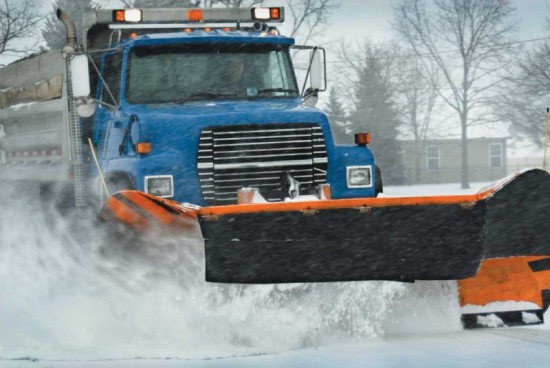To the Expositor:
For a few years now I have been noticing that after a fall of snow, the highways are often not safe to drive for a number of hours. This is in spite of the fact that salt has been dropped on the road by the maintenance truck(s).
It seems that, in the past few years, there has been a change in how the salt is delivered to the highway. I realized this during the Christmas holidays when following a salt truck in southern Ontario where the salt was distributed by a rotating propeller located in the middle of the truck. This spread the salt over the entire lane where the truck was driving. Either this truck or another one would spread salt on the other lane(s) in the same way.
I have noticed that in the past few years here in Northern Ontario, the salt trucks seem to be equipped with a chute on the left side of the truck which pours a line of salt between the lane it is in and the lane to the left of it—on a two lane highway this means the salt is poured between the two lanes. Over a period of a few hours this salt will gradually spread over both lanes but for quite some time there is only a melted path along the white line between lanes. Now that’s not too bad if there is traffic on only one side. One can drive with the left wheels on this cleared path, making the car or truck reasonably secure. However, when two vehicles meet they both have to veer back into the centre of their own lanes, and that’s where it gets dangerous! Suddenly all four tires of each vehicle are on an entirely icy piece of the road while they pass each other.
During our last cold snap a lot of ice formed on our highways. I understand that salt is not all that effective at these temperatures. This Saturday past I drove Highway 6 from Bay Estates to Little Current at 11 am. The sun was bright and the temperature was now only -7°C. There was a three-foot strip down the middle of the highway that was clear, although wet, but both sides of the highway were still covered with very slippery ice. I was in a 4-wheel-drive truck but still felt unsafe unless driving well below the speed limit. If the salt was able to melt the ice in the middle, surely it would have melted the lanes themselves if it had been applied.
I would like an explanation from the powers-that-be as to the reasoning behind this change in procedure. My own theory is that it is strictly a cost-saving measure. The truck need only make one pass while dropping the salt and both sides will eventually be cleared of snow and ice. How many accidents and how many lives have been lost as a result?
Yours truly, John Savage Bay Estates





